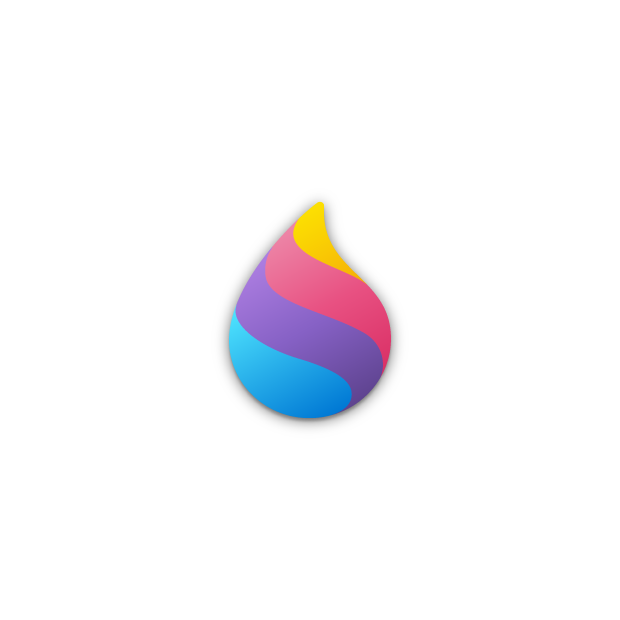

Staggering the fiber columns located at the top of the printed handle of the brush allows for a fuller look to the brush. As you can see by the several examples below - most notably the paintbrush, which is 100% 3D printed, handle, brush and all - the bridging process will permit an infinite number of new designs to be 3D printed. With Leonard’s technique, which is described in further detail here, you can bridge across entire 3D printer beds. One such technique has been refined by Leonard is a process called “fiber bridging.” What fiber bridging does is allow the 3D printer to print over air, using single filament stands to produce prints that are unlike anything you’ve likely seen in the past. This last week, Spyder 3D World teamed up with Leonard to launch a new tech section to their community offering 3D printing/designing tips, fixes, and techniques in an educational format. Leonard uses his knowledge of 3D printing to change the way the machines actually function, better suiting his end goals for a particular project. Leonard has a knack for using 3D printers to create works of art that many individuals would never have imagined possible. He has helped design incredible pieces like the Arabic-inspired ceiling we covered back in March, as well as many other elaborate pieces. If you are at all interested in intricate 3D printed designs, then you may have heard of the Orlando, Florida-based artist Mark Leonard who works with Aztec Scenic Design.


 0 kommentar(er)
0 kommentar(er)
